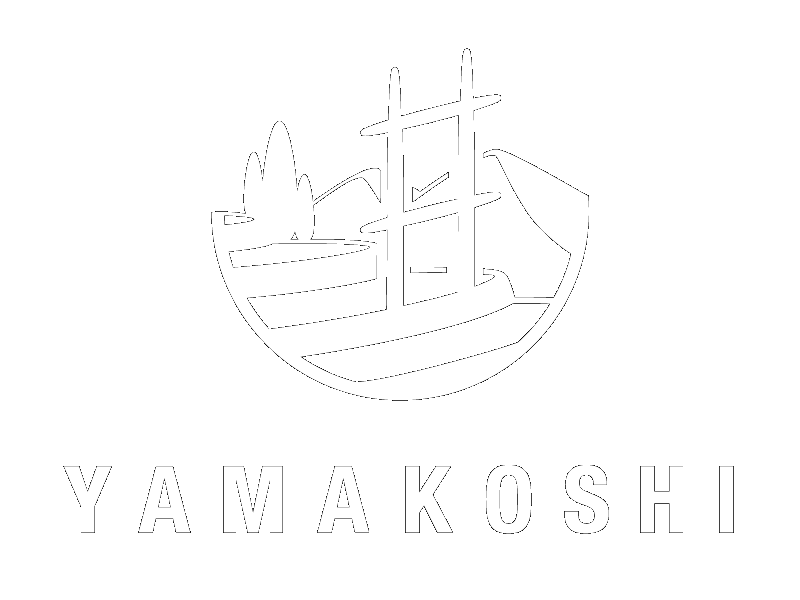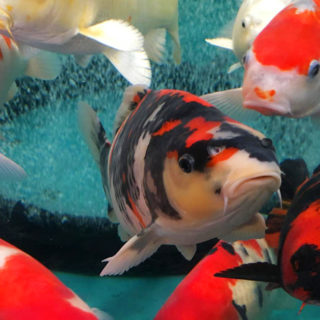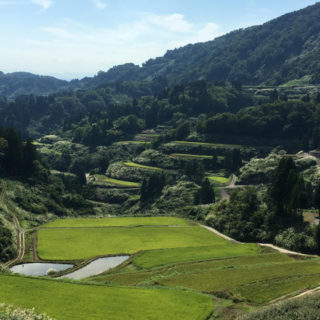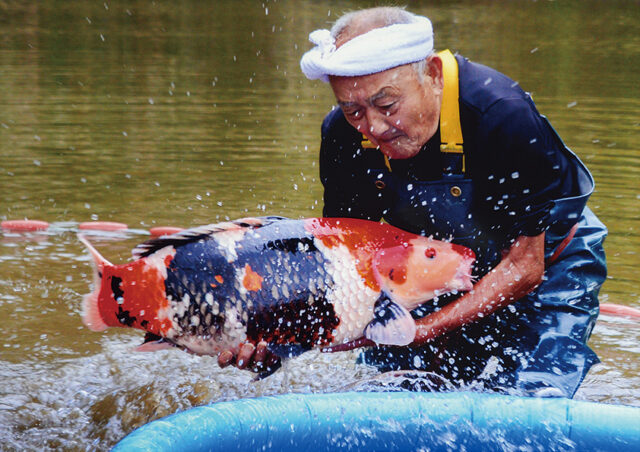
Colored Carp (koi fish) are the only ornamental fish native to Japan and are designated Japan’s national fish. They are also called “swimming jewels,” and their graceful appearance attracts many koi lovers around the world.
Yamakoshi is known as the birthplace of colored carp, and they are still bred in the original Japanese landscape, preserving the old traditions.
Let’s trace the roots of colored carp, which has been inherited from our ancestors and continues to be introduced to the world through tireless effort and ingenuity.
Why did Colored Carp originate from Yamakoshi?
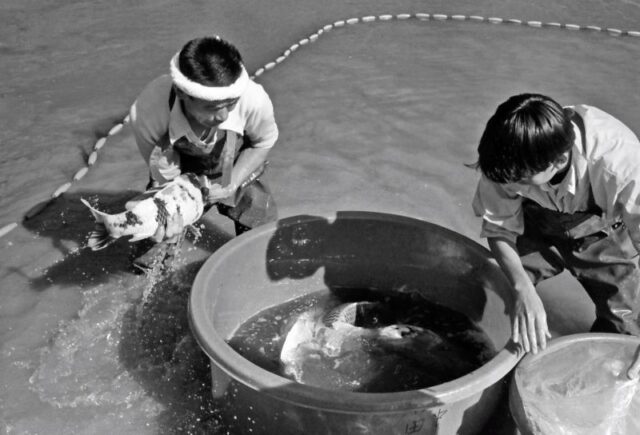
The beginnings of colored carp can be traced back to about 200 years ago.
Yamakoshi is located in an area with heavy snowfall, and it was not uncommon for transportation to be disrupted during the winter. Therefore, carp were bred in order to secure protein for the winter months. Colored carp are said to have originated in the late Edo period (1603-1867), when the “black carp” that were kept for food in rice paddies produced colored offspring through a spontaneous mutation.
Colored carp became nationally known when Yamakoshi’s colored carp were exhibited at the Tokyo Expo in 1914 under the name of “kawarigoi” (roughly, “strange carp”). Since then, their beautiful existence and value have spread throughout Japan, with steady improvements made to create the exquisite appearance that we now enjoy. Today, it is said that there are as many as 100 varieties of colored carp.
In recent years, they have been exported to various parts of the world and are gaining popularity as the “world’s largest garden fish” because of their vibrant colors and large size.
Nishikigoi Network Saves the “Symbol of Recovery” from Crisis
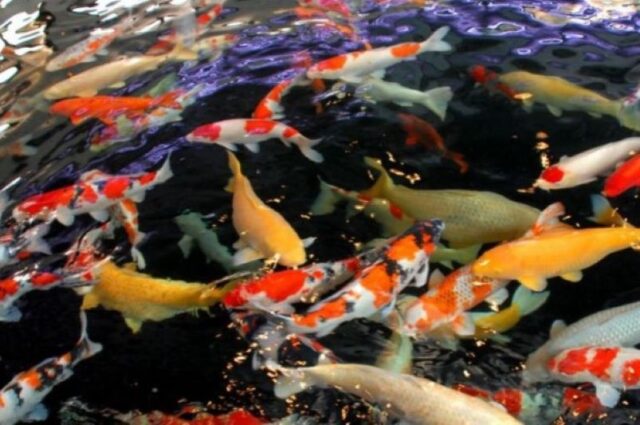
The Niigata Chuetsu Earthquake of October 23, 2004 devastated the colored carp industry as well the village of Yamakoshi and surrounding area. Lifelines were completely cut off, and more than 200,000 colored carp died from lack of oxygen due to power outages. The earthquake also caused serious damage to terraced ponds and cracks in reservoirs, and more than 80% of the colored carp that had been carefully cultivated were killed.
The fish breeders of Yamakoshi had one thing on their mind: “We have to save the surviving colored carp as soon as possible.”
With this goal set, an unprecedented helicopter rescue operation was launched on November 18, about a month later. About 450 colored carp were rescued that day. Combined with the number of colored carp rescued before that, about 2,200 colored carp were rescued.
In addition, colored carp breeders from all over Japan rushed to the affected areas immediately after the disaster to help rescue colored carp and lend out breeding mother fish. Moreover, colored carp lovers from all over the world gave great support to Yamakoshi through donations.
With such a great deal of support and various domestic and international connections, Yamakoshi’s colored carp industry has been able to recover and continues to grow in tandem with the global market.
Bringing Swimming Jewels to the World
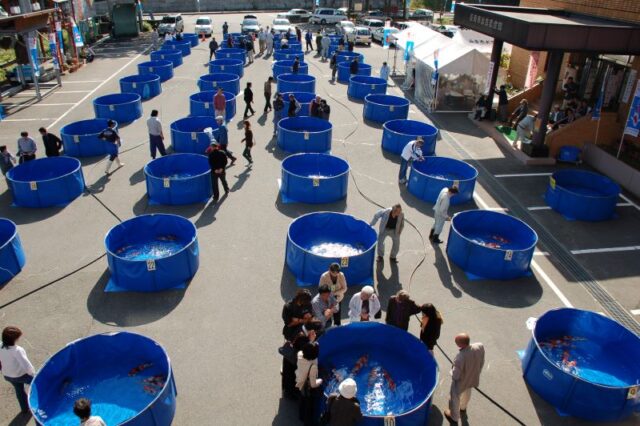
Since the birth of the first colored carp in the Edo period, various improvements to the fish breed have been made over the years. Especially in 1916, the development of a technique that enabled a shift from pure-bred carp to hybrid breeding enabled the production of many new varieties of colored carp and established the foundation of colored carp culture.
As a result of these long-lasting efforts, combined colored carp farming and agriculture have developed into an important economic base for Yamakoshi. The industrialized colored carp farming industry has also been successful in fostering successors and actively promoting a shift in leadership to younger generations.
Furthermore, as a result of active efforts to globalize the industry, in recent years colored carp dealers and lovers from all over the world, including Europe, North America, and Asia, have been gathering in Yamakoshi during the annual colored carp harvesting season (from October to November).
We hope that Yamakoshi will continue to be the “Colored Carp Mecca,” and a world-class attraction for tourists to Japan.
